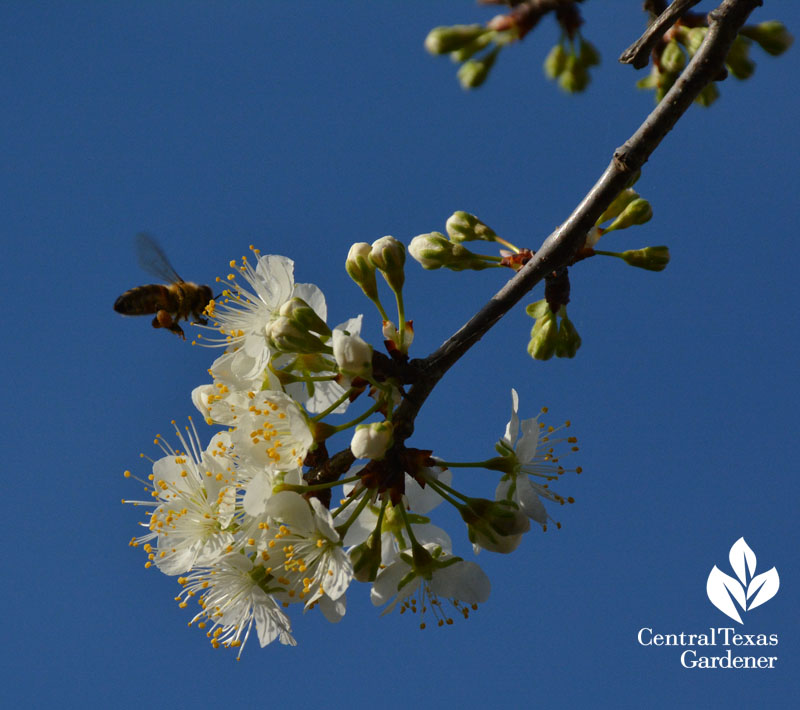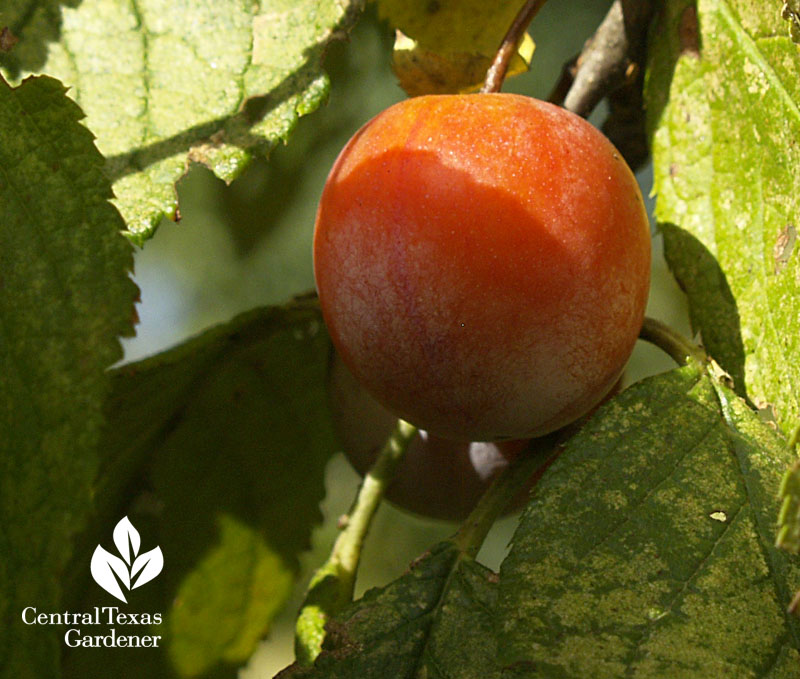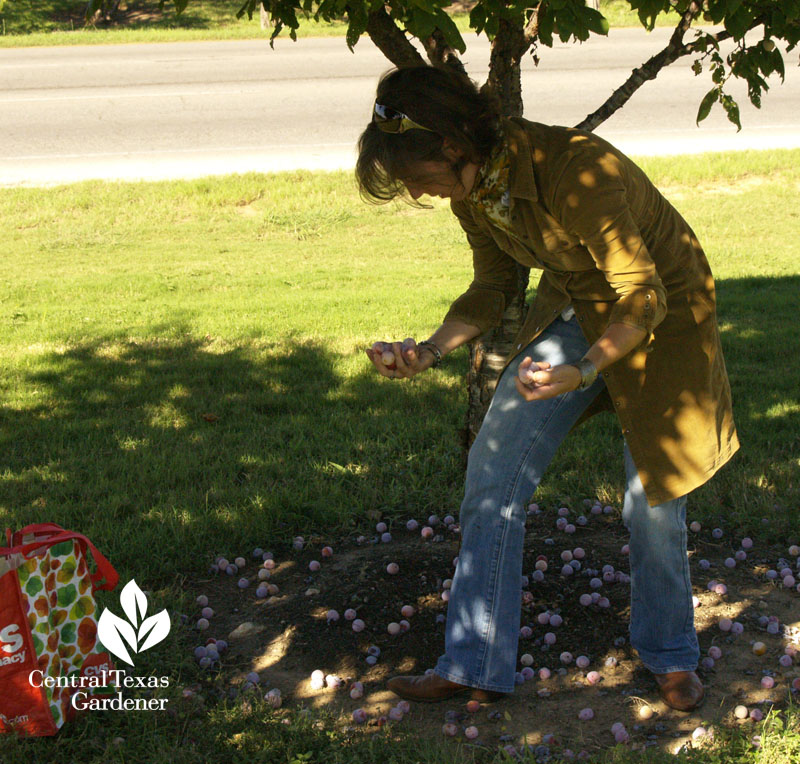Why and when should we add compost?
Adding compost to beds is a great way to nourish the soil and keep it healthy. Most people add compost to the soil, spading in 2 to 4 few inches as recommended, when they first build a new garden bed.
But you need to add it every year, or even seasonally, depending on the situation.
Once you’ve built the bed and established the plants, you can’t incorporate any new soil amendments and till them in, but you can spread them on the surface of the bed, the same way you might add mulch.
Compost adds a small amount of nutrients that are released slowly, but more importantly, it helps build good soil structure; and the structure of your soil is very important.
Too heavy, and the clay particles stay bound together, holding too much water. But too porous, and the soil falls apart, holding no water at all. Adding compost to soil helps balance out both of those issues, creating a better balance of water-holding vs air-holding capacity to support plant growth.
Compost, being organic matter, breaks down over time, due to the activity of soil microbes. This is a good thing, since it releases a small amount of nutrients for your plants. But it also means that the volume of the soil diminishes, slightly, as the organic matter breaks down into smaller aggregates.
In vegetable beds, add a small amount of compost when you replant new crops every season to replenish what’s been lost with hungry crops.
In perennial beds, add a thin layer of compost, instead of mulch, in the winter, when you prune back all the top growth. Then follow with new mulch in the spring.
Replenishing mulch is similar to adding compost, since bark and wood chips break down to smaller aggregates, basically, compost.
But there’s no need to overdo it. Like having too much clay or too much sand, too much organic matter in soil also isn’t good. So strike a healthy balance.

 Daphne Richards
Daphne Richards
 At maturity, Mexican plum's about 20-25' tall, with spreading branches, perfect for smaller gardens.
At maturity, Mexican plum's about 20-25' tall, with spreading branches, perfect for smaller gardens.
 As it ages, the bark peels to reveal dark stripes, adding structural interest the garden in every season.
Mexican plum likes sun, but can take some shade as an understory tree. Although it's drought tolerant, additional irrigation helps it to hang onto the small fruits that ripen in fall.
As it ages, the bark peels to reveal dark stripes, adding structural interest the garden in every season.
Mexican plum likes sun, but can take some shade as an understory tree. Although it's drought tolerant, additional irrigation helps it to hang onto the small fruits that ripen in fall.

 Birds love to dine on the small fruits, be we can make jams and jellies out of it, too.
Birds love to dine on the small fruits, be we can make jams and jellies out of it, too.

 John Dromgoole
John Dromgoole